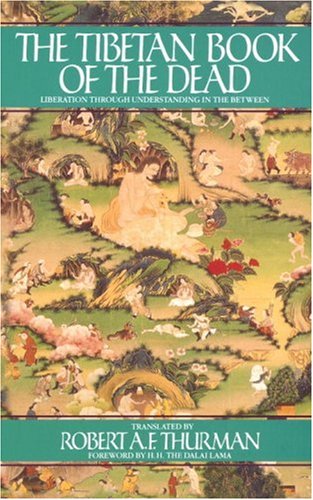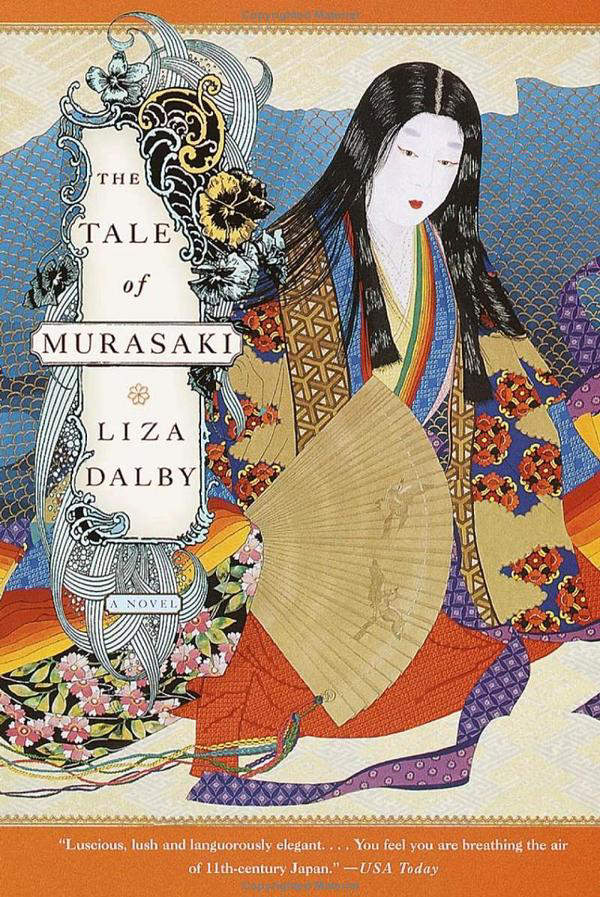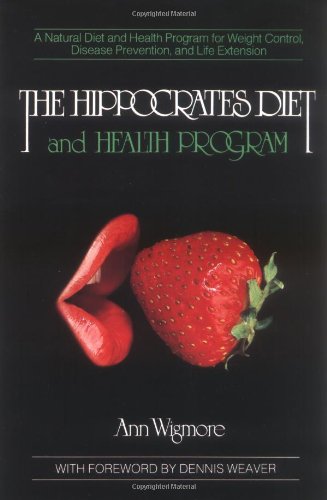 |
Between was informed by the works of some outstanding authors.First on the list is Bardo Thodol, more commonly known as the Tibetan Book of the Dead (Mystical Classics of the World) by Robert A.F. Thurman (Translator), Huston Smith and Dalai Lama XIV. This book not only provided the inspiration for the title of my novel, but it helped me to provide Barbara, the lead character, with a Buddhist perspective on death.The Tibetan Book of the Dead describes and guides a person through the experiences that the consciousness has after death, as well as the interval between death and rebirth. It also describes the signs of death and what rituals should be observed when death is imminent. Barbara says:
|
 |
How We Die: Reflections of Life’s Final Chapter by Sherwin Nuland I found Dr. Nuland’s overview of the dying process fascinating—especially because it is given from an M.D.’s perspective. Barbara was very wary of Western medicine and, in Dr. Nuland’s opus, she found some validation for her suspicions. At one point in the novel she says:
She didn’t trust Western medicine, refused to submit to chemotherapy and the Whipple Procedure that was prescribed and, in the end, was left only with whatever relief Western medicine could offer. |
 |
The Tale of Murasaki: A Novel by Liza Dalby lent a delicious Asian underpinning to Barbara’s romance with a poet and fellow teacher, Jerry. He quotes widely from Liza Dalby’s book and talks about the way Murasaki wrote about Genji, the Japanese Casanova. Jerry sends Barbara a letter before she dies which reads:
|
 |
Soon after Barbara is diagnosed with pancreatic cancer, she and Carolyn go to the Hippocrates Health Institute in Palm Beach, Florida to find a natural remedy for her illness.This takes place nearly 18 years ago, long before the general public knew much about raw food diets and wheatgrass juice. Hippocrates was a forerunner in this area, and The Hippocrates Diet and Health Program by Ann Wigmore served as its bible. |

